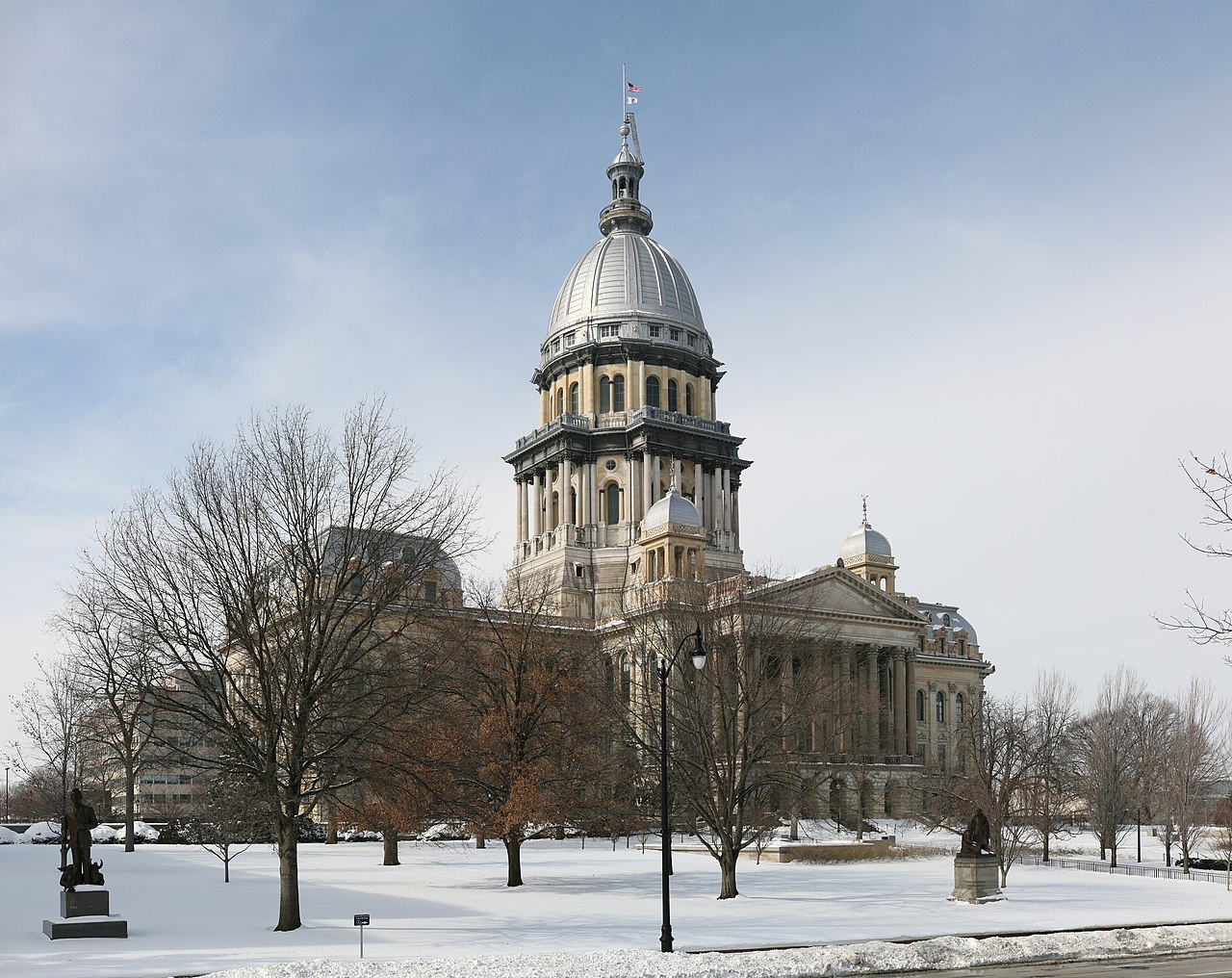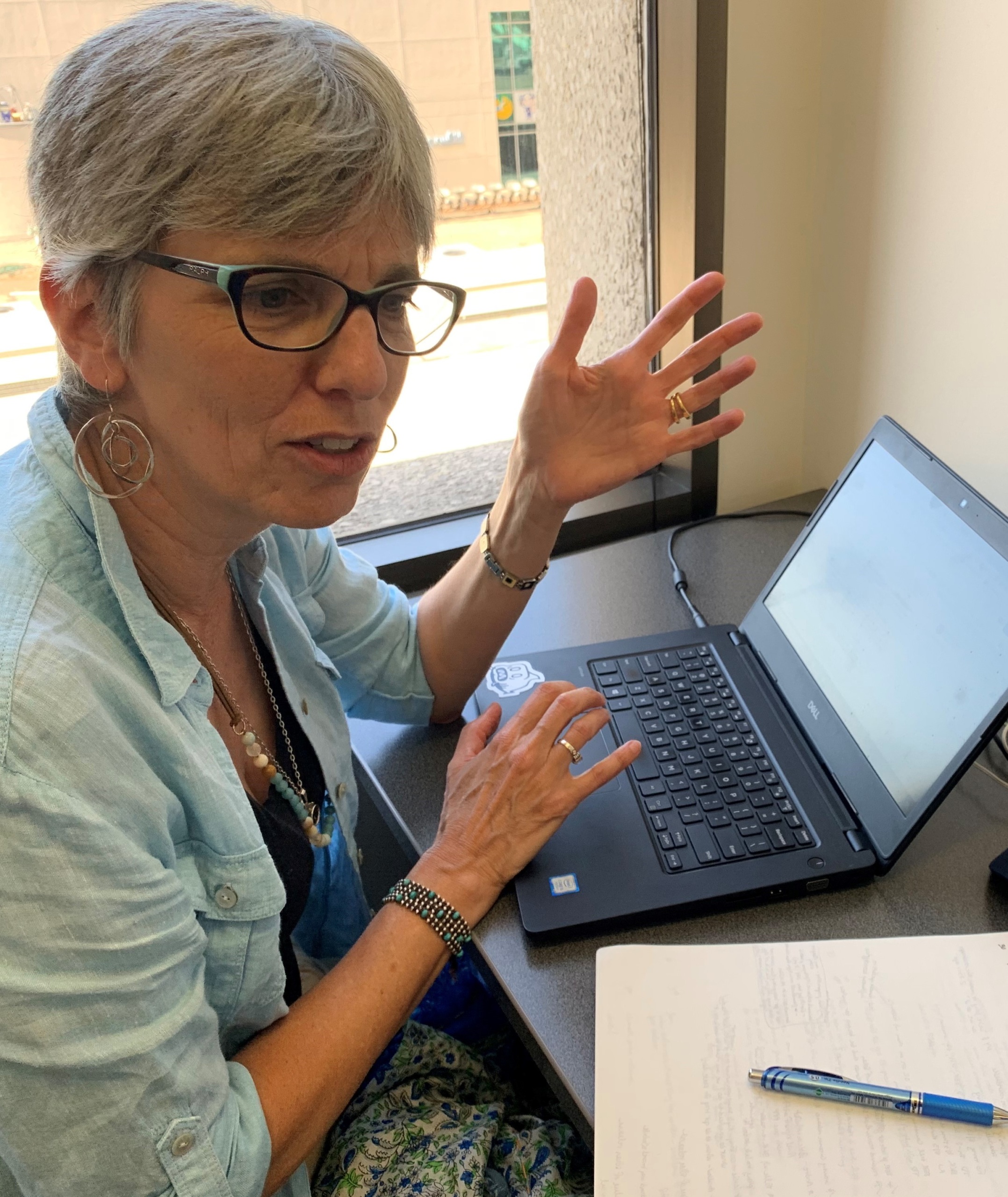
Climate action is not enough
Even if humanity solved global warming, we’d still have a problem.
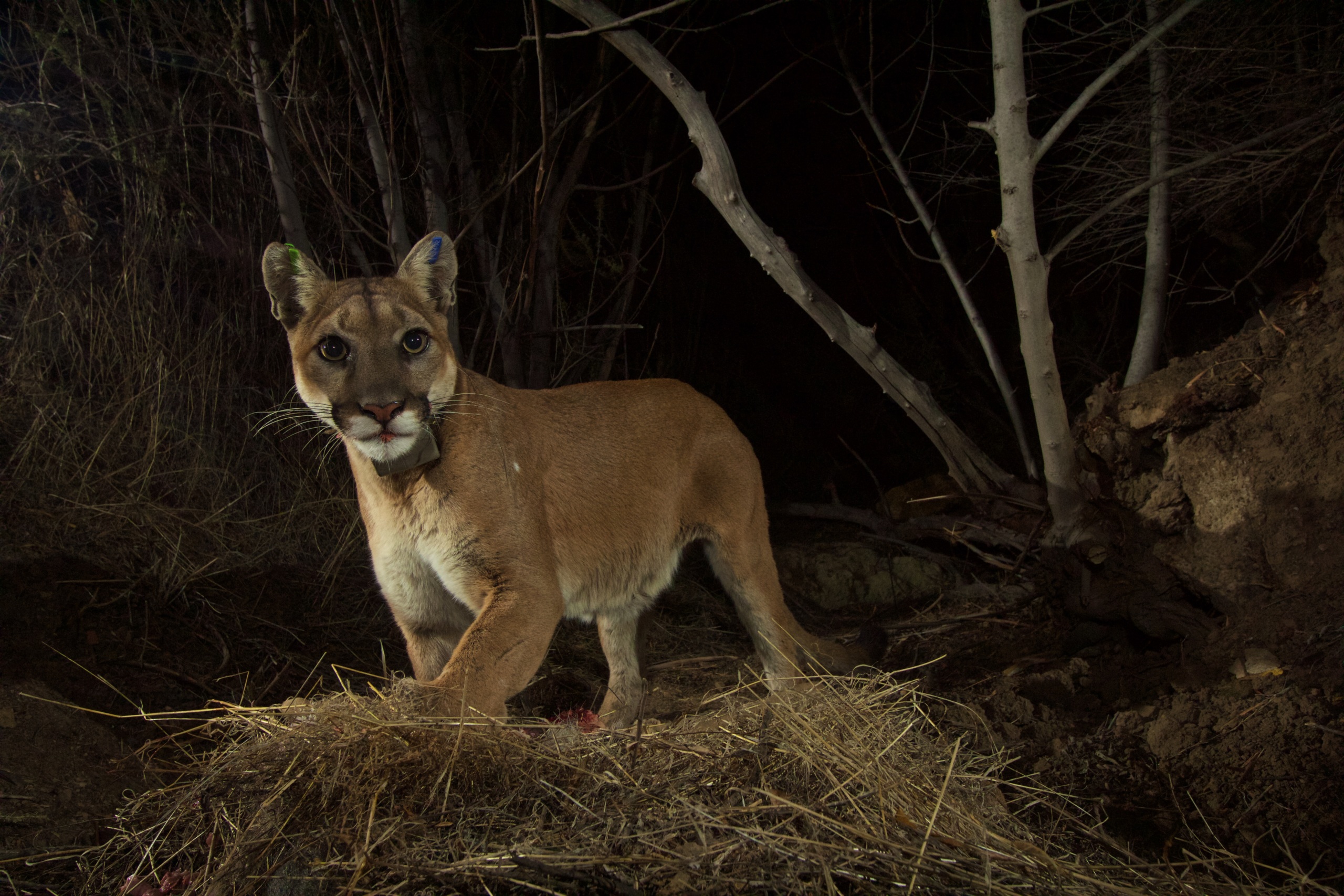
A recent piece by David Wallace Wells for The New York Times asks “Has climate change blinded us to the biodiversity crisis?” Another, by Christopher Ketcham in the Intercept, speaks to the same topic, but more bluntly: “Addressing climate change will not ‘save the planet.'”
Both articles address the environmental movement’s relatively recent turn toward climate change (and away from conservation) as Job One, on the grounds that putting the brakes on global warming is a prerequisite for preserving species. This development is connected in my memory to a debate some years back between Bill McKibben (for climate hawks) and the Audubon Society (for actual hawks). Audubon was worried about birds killed in collisions with wind installations. The McKibben argument was something like “yes, we’ll lose some birds to wind installations … but we’ll lose ALL the birds if we don’t solve climate change.”
It’s safe to say that McKibben won the argument. These days, people applying for jobs with environmental organizations and outfits like Frontier Group assert that their chief concern is climate change, not the future of the non-human inhabitants of the planet, and the major environmental groups (and their funders) are all increasingly committing top resources to climate.
But Earth’s non-human inhabitants are in great peril, and even a full solution to global warming would not solve that problem. Ketcham writes:
It isn’t climate change that caused a 69 percent loss in total wildlife populations between 1970 and 2018, according to a World Wildlife Fund study published this year. The cause is too many people demanding too much from ecosystems, or human overshoot of the biophysical carrying capacity of the Earth.
Overshoot is a product of both excessive numbers and rising affluence. Access to the things that create what we call quality of life, like indoor lighting and temperature controls, especially air conditioning; more diverse dietary choices, especially meat; and greater access to transportation, especially air travel — all signs of rising affluence, all delightful if you are a human, yet all demand more energy and material inputs that involve scouring and denuding more wildlands and animal habitat to feed, clothe, house, and energize burgeoning humanity.
And there you have it: all the good stuff that affluent humans (like Americans) enjoy is making it harder and harder to be a successful animal or plant on Spaceship Earth. Beyond the way we get our energy, the way we live is killing the natural world … which is crucial to our continued existence and, ironically, plays an immeasurable part in making our lives worth living.
The idea that Earth has limited “carrying capacity” is attributed originally to Thomas Malthus, but it was a key concept in the birth of the modern environmental movement in the 1960s, when Rachel Carson wrote Silent Spring (about the scourge of industrial chemicals on natural life) and Paul Ehrlich wrote The Population Bomb (about how continued growth in population was a dead end, because the Earth could only manage to support so many of us). The questions of exactly when or what it means for Earth to exceed its carrying capacity have been hotly debated, but are beside the point. The point is that modern humans have thus far only been able to sustain our growth and appetites by mortgaging our own future through unsustainable resource use and pollution, and by crowding out and threatening other species.
More recently, Steven Johnson’s Extra Life: A Short History of Living Longer added to popular understanding of carrying capacity and what tests it. Turns out, the problem doesn’t result strictly from too many people being born, but rather from people living longer. Johnson documents the most valuable contributions to extension of the average human lifespan over the last centuries (sewage systems, vaccination, fertilizer, pasteurization, etc), then points out the essential irony that the great achievements he is celebrating have also put unmanageable strain on planetary systems precisely because they’ve allowed so many more people to survive to adulthood – and exercise the choice to have a child of their own.
The richer and healthier we get, the more we threaten the plants and animals on which we depend – along with our descendants’ prospects.
I believe that’s true right now, but it doesn’t have to be true. We are in crisis in large part because our perspective is all wrong: As a society, we are so caught up in the haze of consumption and increasing comforts (propped up by our ancient fears of not having enough) that we are blind to the incredible abundance that is already ours.
Even if climate were to become humanity’s #1 priority, we’d still have a problem. As long as growth is the primary economic imperative, then we will still be stuck on a treadmill of increasing production, consumption and ecological destruction. Even as climate warriors engage daily in the work of repairing the world, they do so within the current paradigm of endless growth – a program of world destruction.
There’s still plenty to be done in the absence of a paradigm shift: converting to renewable energy sources, getting out of our cars, preserving swaths of habitat. But we shouldn’t kid ourselves. Without a shift in our collective priorities, we can’t return Earth to a regenerative state.
That shift can only result from an intellectual earthquake – tectonic versions of reality rubbing against each other until something ruptures.
The environmental movement is, I believe, exactly where such a rupture has the best chance of occurring – because at the same time that environmentalists are fighting for cleaner energy and climate emissions reduction, other environmentalists are fighting to save the desert tortoise, the Joshua Tree, the manatee, the mountain lion, and more. The harder the problems get, for as long as we muddle along in our haze, the more those agendas are likely to conflict.
But the push and pull between these issues is the very place where the potential for meaningful change lives.
Some would say that there are tensions between responding to the climate crisis and responding to the loss of nature and the biodiversity crisis. And we’d say, that’s right. So let’s be more imaginative and conceive of future pathways where we can do both… and the tensions don’t exist.
Topics
Authors
Susan Rakov
Managing Director, Frontier Group; Senior Vice President, The Public Interest Network
Susan directs Frontier Group, the research and policy development center for The Public Interest Network. Frontier Group’s work informs the public discussion about degradations to the environment and public health, threats to consumer rights and democracy, and the available routes to a better future. Susan lives in Santa Barbara, California; she has two children, a husband, and a dog, and is an amateur singer/songwriter.
Find Out More
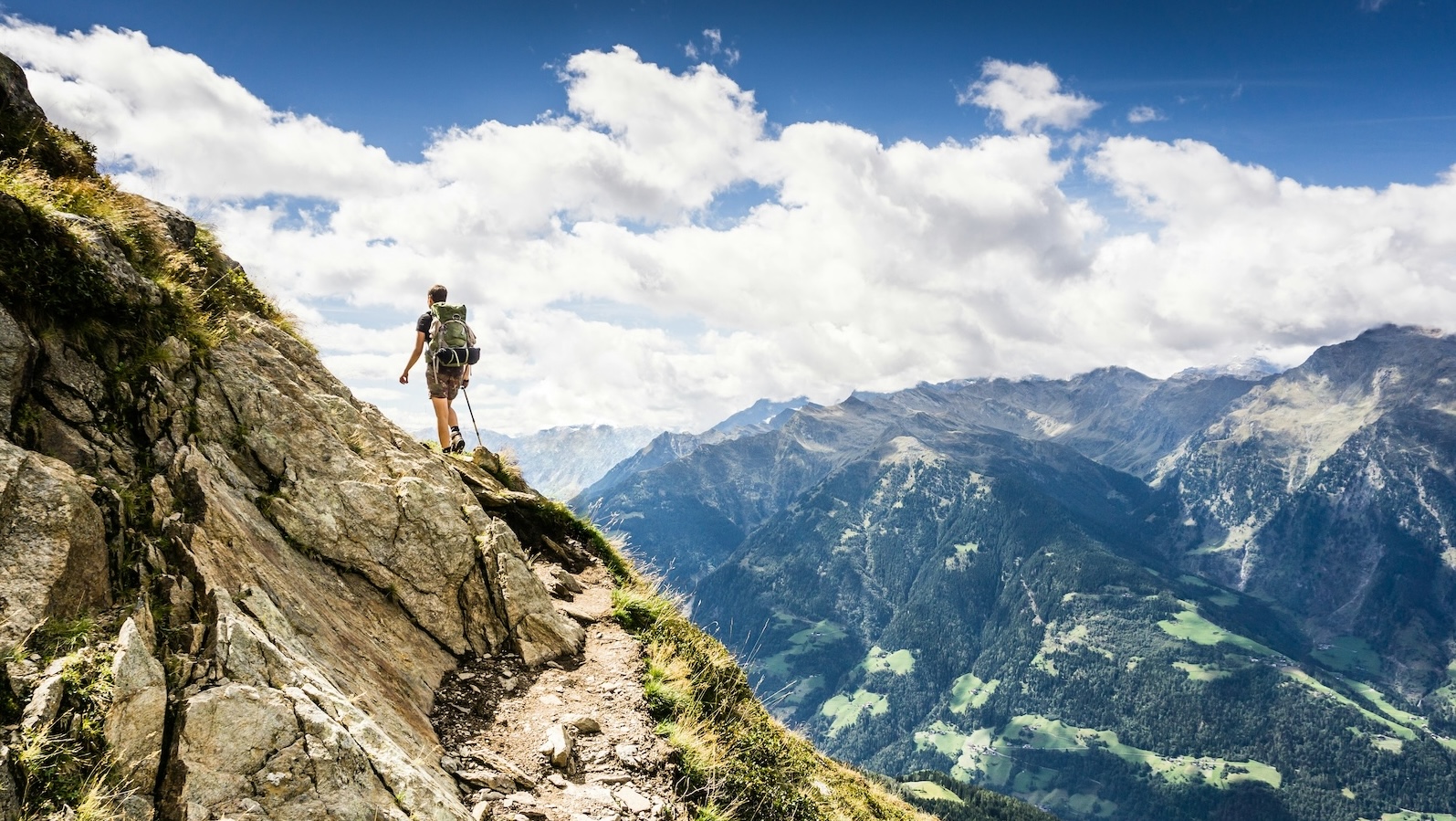
Why environmentalism is conservative

Bank of America said it would stop financing drilling in the Arctic Refuge. Now it’s backtracking.
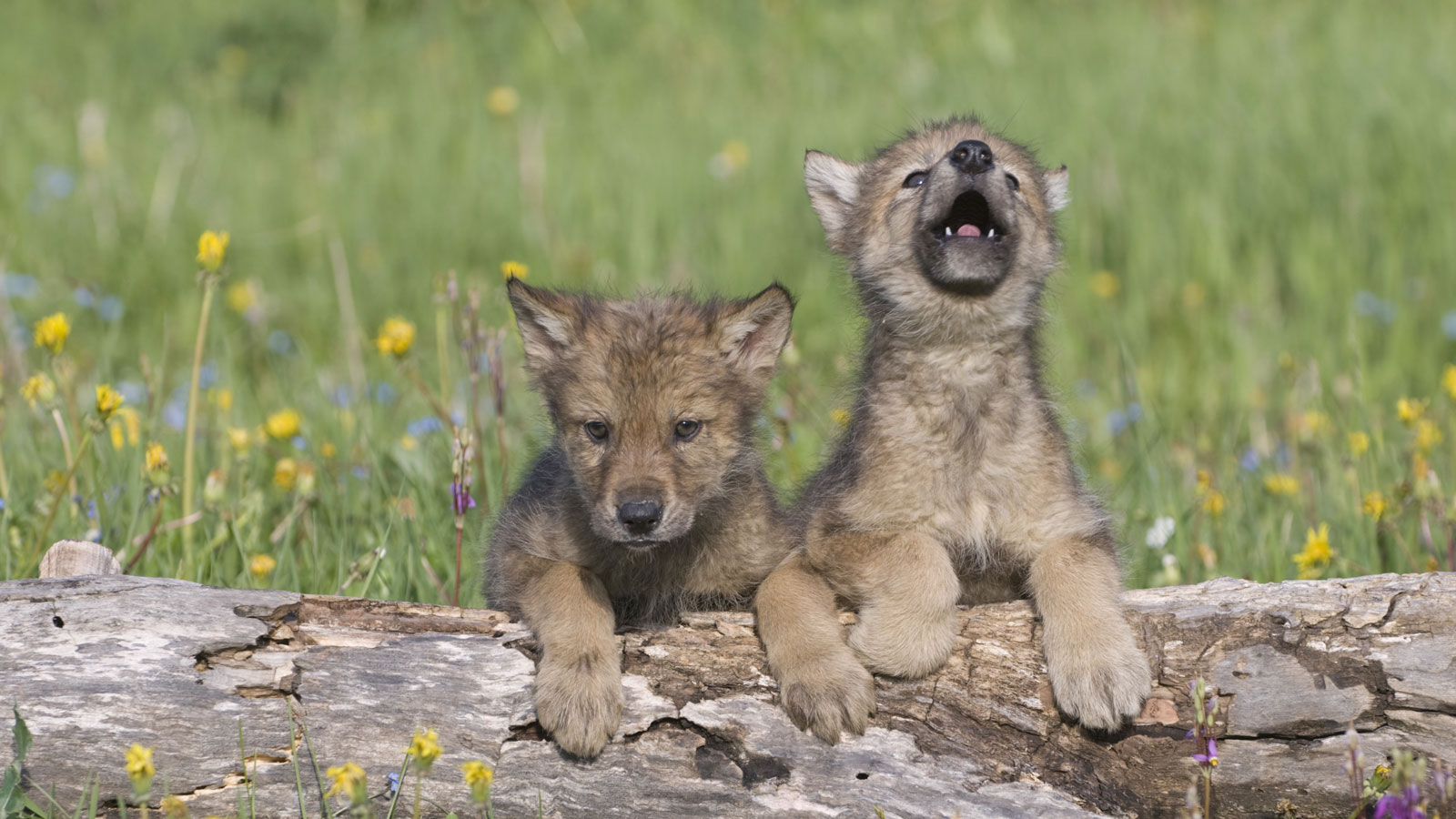
Endangered species can’t wait for protection
